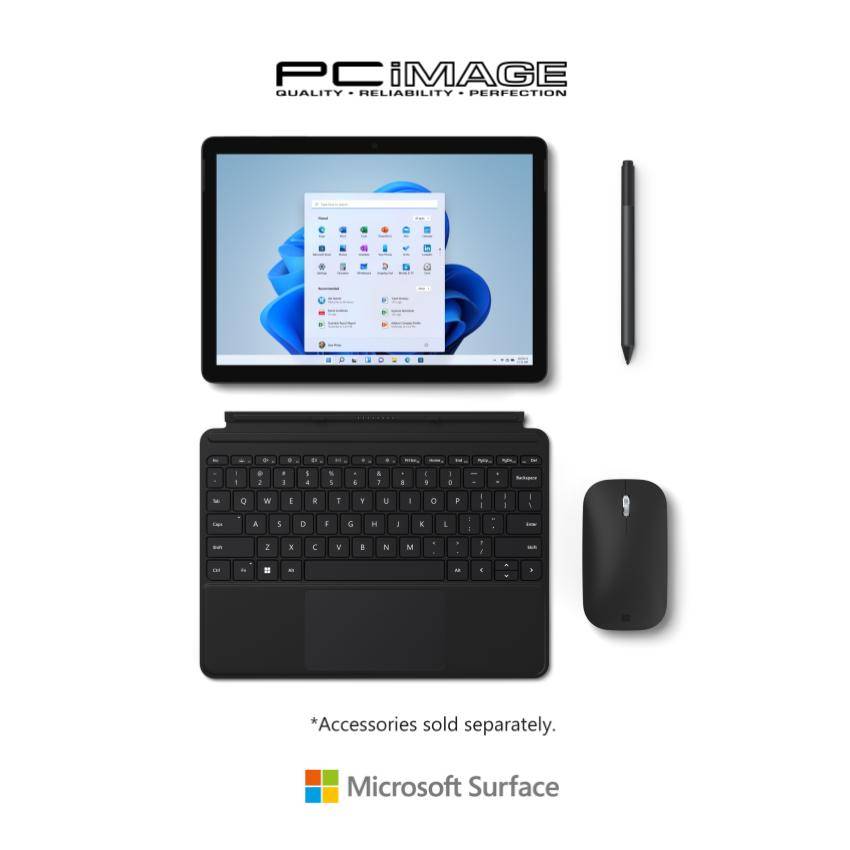

and will not deliver that input to shell or applications

Once the touch controller has detected a wake based on either the single tap or double tap gesture: Whichever gesture is chosen shall be usable anywhere on the active area of the display to wake the device. When enabling Wake-on-Touch, OEMs can specify the wake gesture to be either a single-tap or a double-tap working with their touch IHV. Pressing a key on the keyboard, interacting with the touchpad, or clicking the Bluetooth button on a paired pen, are all methods to wake the device with lower power consumption. It is imperative that OEMs consider whether to implement Wake-on-Touch for each design and SKU as there are noticeable power consumption trade-offs for the feature. This document describes how HID based touch devices compatible with Windows can support Wake-On-Touch and what OEMs/ODMs and touch IHVs need to do depending on whether they are using an inbox HID mini-port driver available for USB, I2C or SPI or a 3P HID mini-port specifically for a bus which lacks an inbox driver (i.e. If this functionality is not supported on a device, the setting will not appear on this page.


 0 kommentar(er)
0 kommentar(er)
